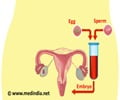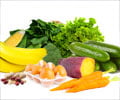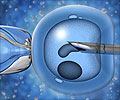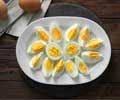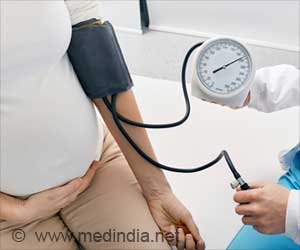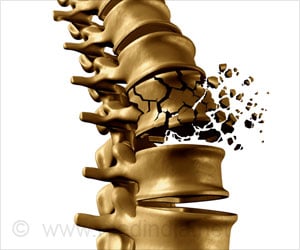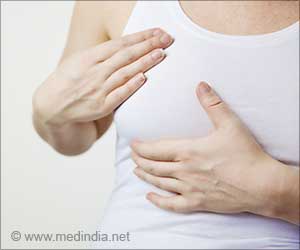The maximum number of eggs to harvest from a woman's ovaries undergoing fertility treatments is 15, say researchers.

Harvesting around 15 eggs in one go gave the best statistical chance of a live birth, they found.
This finding is in line with middle-range doses of powerful hormones to stimulate egg production, they found.
The chances of a baby level off between 15 and 20 eggs and then steadily decline beyond 20 eggs.
The success rate for 15 eggs in 2006-2007 was 40 percent among women aged 18-34, 36 percent for those aged 35-37, 27 percent for those aged 38-39 and 16 percent for women aged 40 or more.
The findings should be a useful tool for fertility doctors who want to make IVF as efficient as possible, avoid wasting precious eggs and limit the risk of dangerously overstimulating the ovaries, say the authors.
Advertisements
The study appears in a European journal, Human Reproduction.
Advertisements
IVF treatments entail taking eggs and fertilising them in a lab dish with sperm. Several early-stage embryos are then implanted in the uterus in the hope that one will result in a live birth, although multiple births sometimes result.
Embryos that are not immediately implanted are usually frozen, so that they can be thawed for future IVF attempts.
The data used in the study did not distinguish between live births that resulted from fresh or thawed embryos.
Source-AFP

